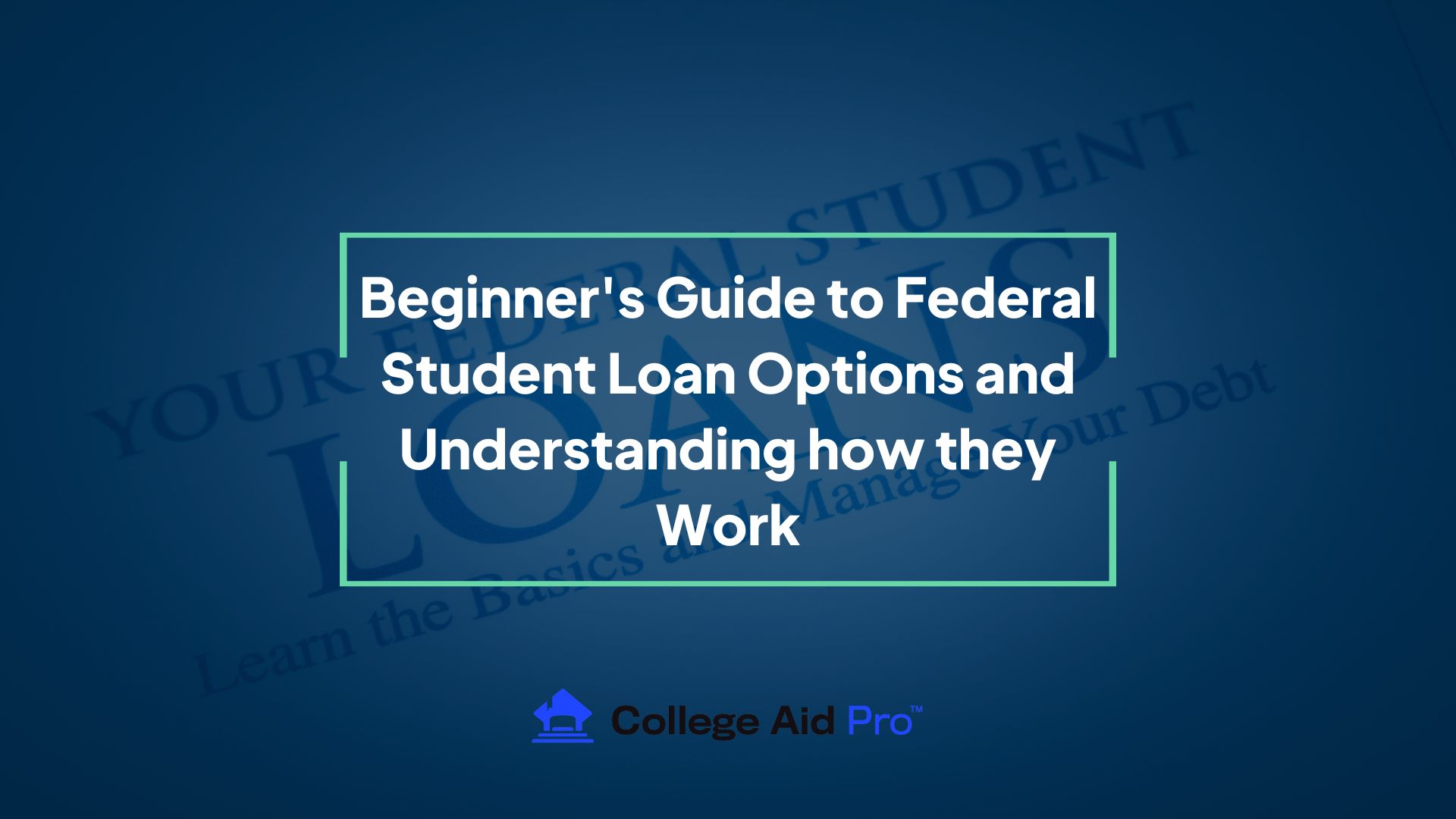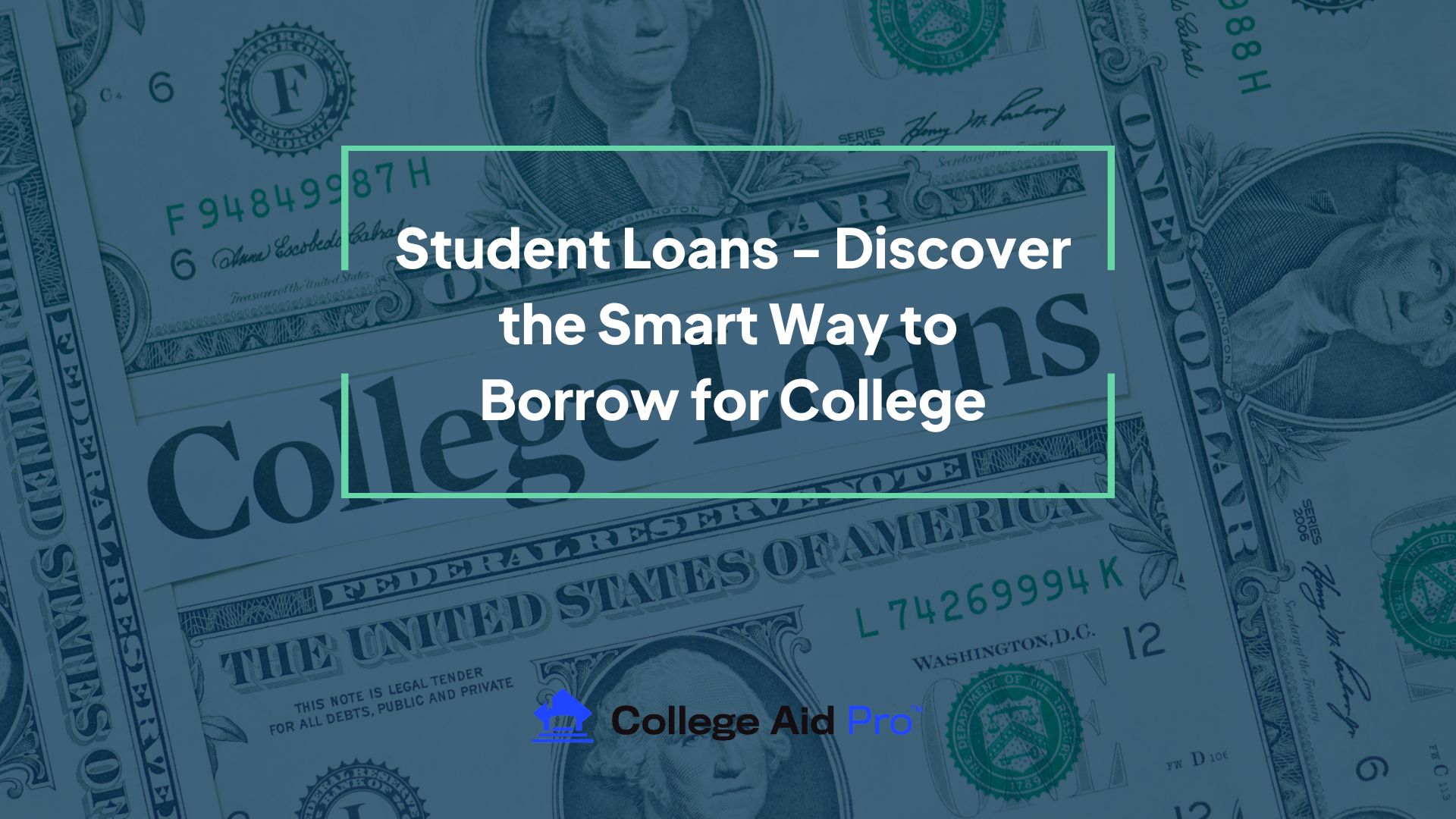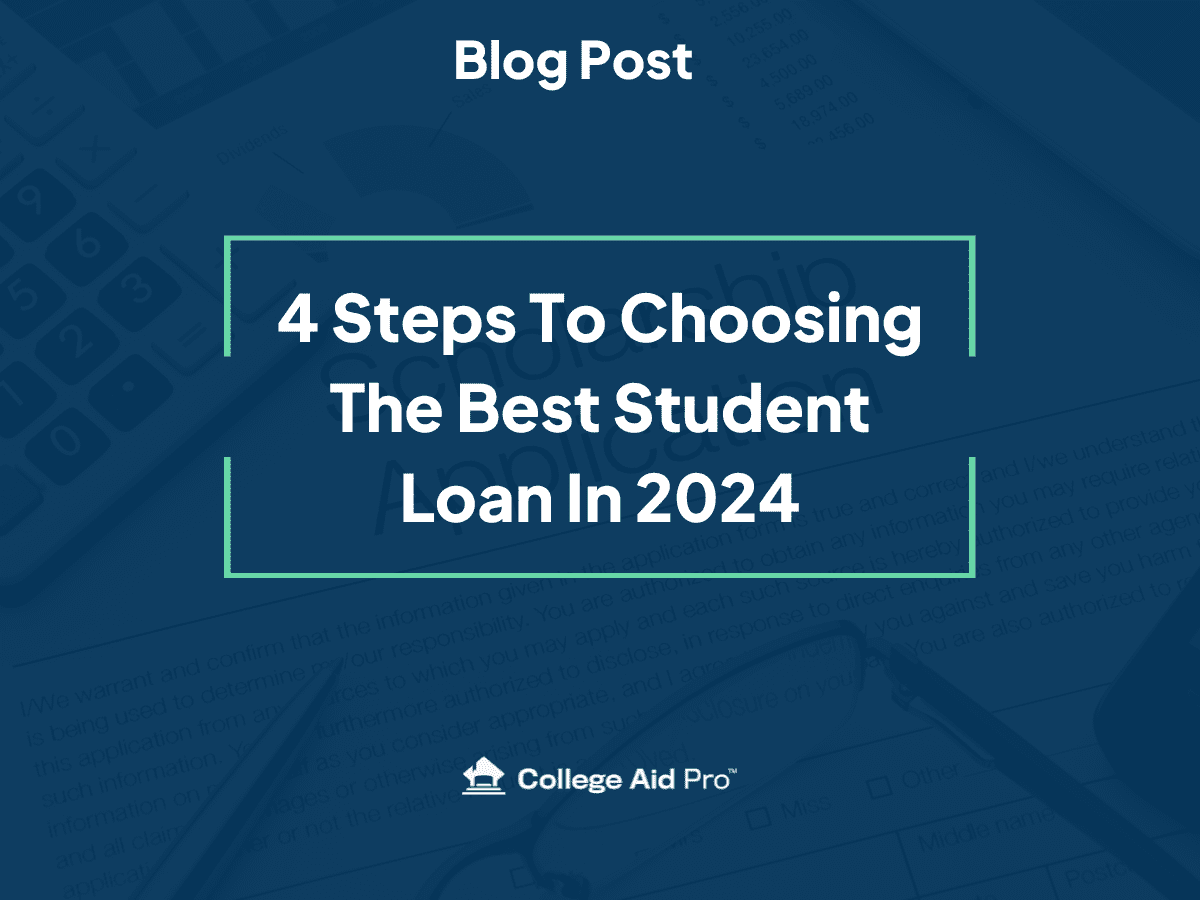Many college-bound families look to federal student loan options provided by the U.S. Department of Education to bridge the gap between what they have saved or what funds have been gifted (through scholarships or grants) for college and what their cost of attendance will be.
There are three different student loan options through the federal government:
- Federal Direct Student Loan (Subsidized)
- Federal Direct Student Loan (Unsubsidized)
- Parent PLUS Loan
Each of these loans has different pros and cons, and college-bound families should carefully consider all of their options before applying for funding.
Federal Student Loan Options
Federal Direct Student Loan (Subsidized):
- For undergraduate students with financial need.
- Loans first disbursed on or after July 1, 2024, and before July 1, 2025 the interest rate is 6.53%.
- Interest is not charged on the loan during certain periods, such as when the student is in school at least half-time.
- U.S. Department of Education ( ED) is the lender, payment is owed to ED.
- Annual Award – Up to $5,500 depending on the grade level and dependency status.
Federal Direct Student Loan (Unsubsidized):
- For undergraduate, graduate, and professional degree students; financial need isn’t required.
- For loans first disbursed on or after July 1, 2024, and before July 1, 2025, the interest rate is 6.53% for loans made to undergraduate students and 8.08% for loans made to graduate and professional degree students.
- Interest accrues upon disbursement. The student is responsible to pay interest during all periods. Payments can be deferred while the student is in school.
- ED is the lender, payment is owed to the lender
- Annual Award – up to $20,500 depending on grade level and dependency status.
PLUS Loan:
- For parents who are borrowing money to pay for their dependent undergraduate child’s education, and for graduate or professional degree students.
- Financial Need isn’t required.
- For loans disbursed on or after July 1, 2024, and before July 1, 2025 interest rate is 9.08%.
- Must not have adverse credit.
- ED is the lender, payment is owed to ED.
- Annual Amount – the maximum amount is the cost of attendance minus any other financial aid the student receives.
Subsidized vs. Unsubsidized Loans
Subsidized and Unsubsidized Federal Student Loans are typically where all families should begin their borrowing journey. This program is the only loan that does NOT require a parental co-signer. It is strictly a loan agreement between the federal government and the student which maxes out at $27,000 over four years.
There are a few key differences between subsidized and unsubsidized federal student loans. First and foremost, subsidized loans are offered to families who demonstrate financial need.
If awarded the subsidized portion of the loan, it will be interest-FREE until the student graduates and begins payments.
This isn’t the case for unsubsidized loans where the interest will accrue upon disbursement in college. No payments are required on these loans while the student is in school. Payment begins typically 6 months after graduation. Learn more by watching the video below.
Parent PLUS Loan
Parent PLUS loans are uniquely designed for parents with dependent students. These loans are taken on by the parent directly (not as consignors) and can cover the full cost of attendance at your student’s chosen school. Parents must have a good credit history to qualify.
Unlike the Federal Direct Student loans, PLUS loan have no max annual borrowing award. While this may sound like a great option, remember, you will have to repay it eventually!
Learn more about Parent PLUS by watching the video below.



